Simulation Standard Technical Journal
A Journal for Process and Device Engineers
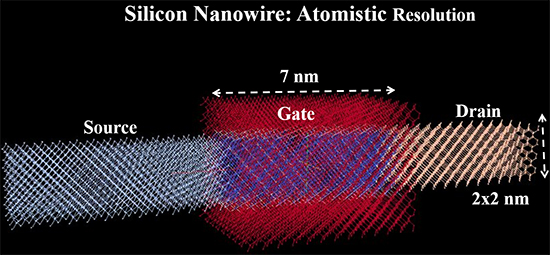
Next Generation CMOS Nanowire: From Atoms to Circuit Simulation
Abstract— A complete simulation flow for a Nanowire-based ring oscillator circuit is presented, where the active devices were simulated using an atomistic device simulator. The results of this simulation have been fitted to an active device SPICE compact model, specifically formulated for nanowire/Gate all around Field Effect Transistors” (FETs). Finally, the active devices were incorporated into a SPICE netlist including back end resistance and capacitance parasitics.
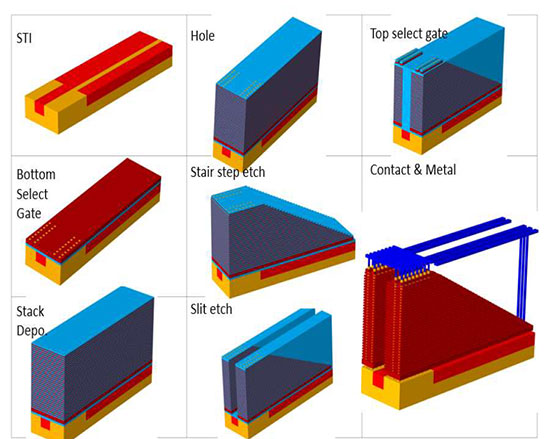
Optimization of Select Gate Transistor in Advanced 3D NAND Memory Cell
Abstract—There are several device challenges unique to the select gate transistor in 3D NAND memory cell. It requires low leakage current to prevent read and program disturb problems and it needs to provide enough current during read and erase operation. In this paper, we examined the design optimization of select gate transistor with respect to various device elements including work-function, S/D overlap, and trap density. Finally, we reviewed the path to reduce the channel length of the select gate transistor in conjunction with the role of dummy cells.
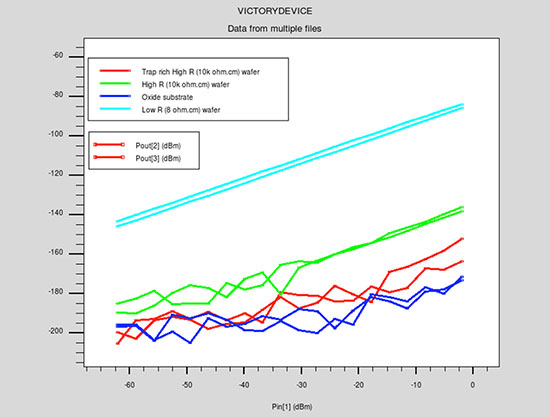
RFSOI Switch Harmonics Simulations with Trap-Rich Substrate
In this paper, in order to understand trap-rich substrate behavior, passive and active device on SOI with trap-rich layer structures were simulated using the Victory Device simulator. Harmonics distortion of devices were also compared.
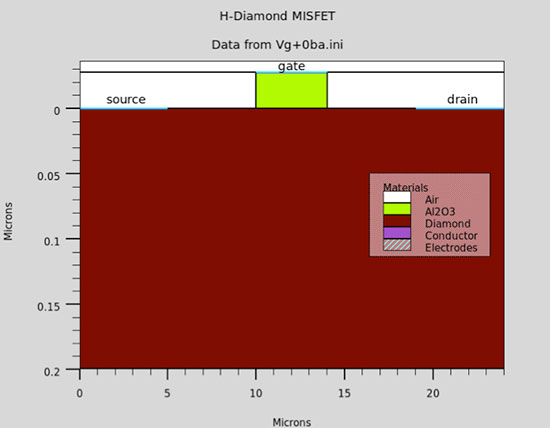
Estimation of Interface Property Changes Between Normally On/Off Hydrogenated Diamond MISFETs
Introduction
Diamond is considered to be the ultimate semiconductor material for high power and high frequency devices due to its superior electrical and thermal properties, such as high breakdown field, high carrier mobility, low dielectric constant, and high thermal conductivity, as shown in Table 1.Furthermore, diamond has some unique electronic properties. The surface of diamond films terminated by hydrogen atoms has negative electron affinity (NEA) and can generate a two-dimensional hole accumulation layer suitable as a hole channel of a field-effect transistor.
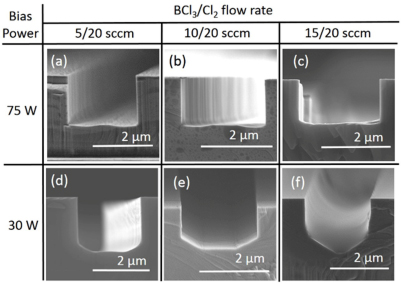
TCAD Simulation of Electric Field Distribution in Gallium Nitride Trench-based Power Devices
IntroductionGallium nitride (GaN)-based devices are excellent candidates for high-voltage and high-power applications, due to the superior physical properties of GaN compared to Si, SiC, and GaAs. Recently, GaN vertical devices have attracted increased attention, due to their advantages over GaN lateral devices, including high breakdown voltage (BV) and current capability for a given chip size, and superior thermal performance.1 Recent demonstrations of high-performance vertical GaN diodes2–4 and transistors5–9 have made vertical structures very promising for GaN power devices.
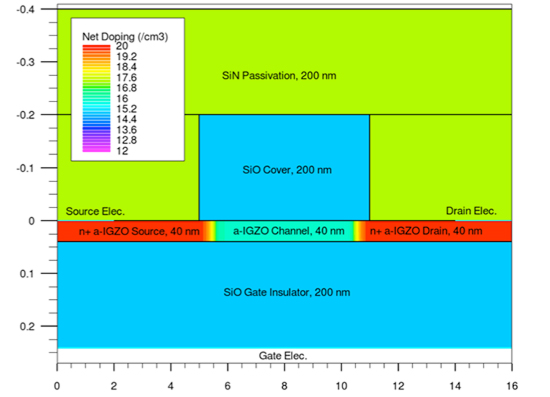
Channel-length Dependence of a-IGZO TFTs with Self-heating Effects
IntroductionAmorphous In-Ga-Zn-O thin-film transistors (a-IGZO TFTs) show a high mobility, a small sub-threshold swing, and a low OFF-current, and they are considered to be one of the most promising TFT for new flat-panel displays (FPDs). The high mobility originates from the unique electron transport in a-IGZO. The transport properties are different from those in conventional semiconductor materials like Si, for example, the mobility increases with increase of the electron concentration and/or temperature. Therefore, the new mobility model for a-IGZO is necessary. In addition, as pixel sizes in the FPDs decreases, a channel-length, L, of a-IGZO TFTs becomes shorter. It indicates that it is important to understand the operation of short-channel a-IGZO TFTs.

